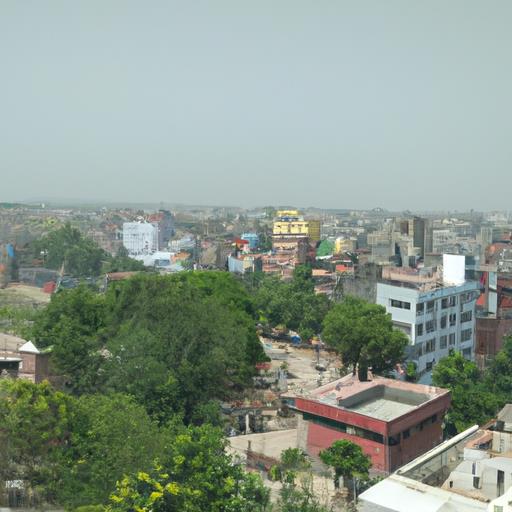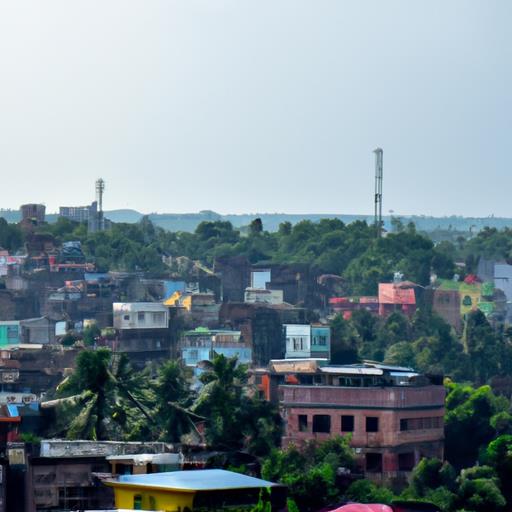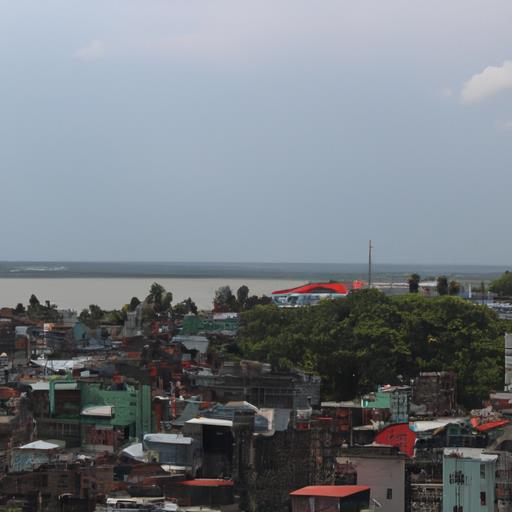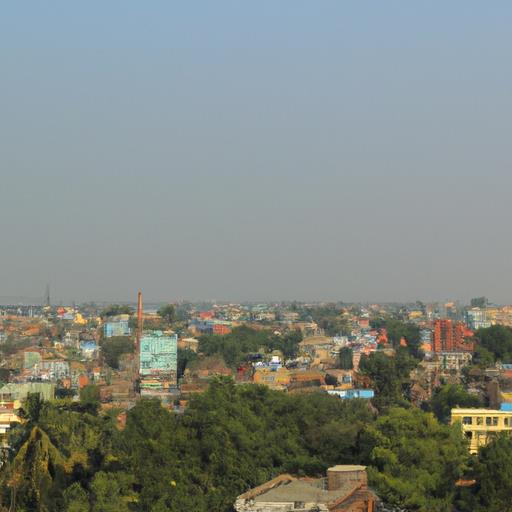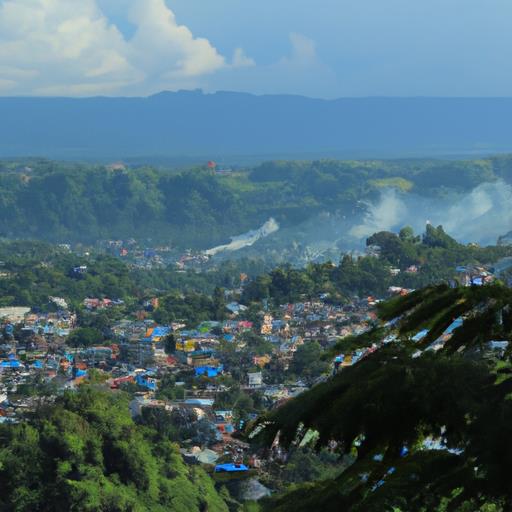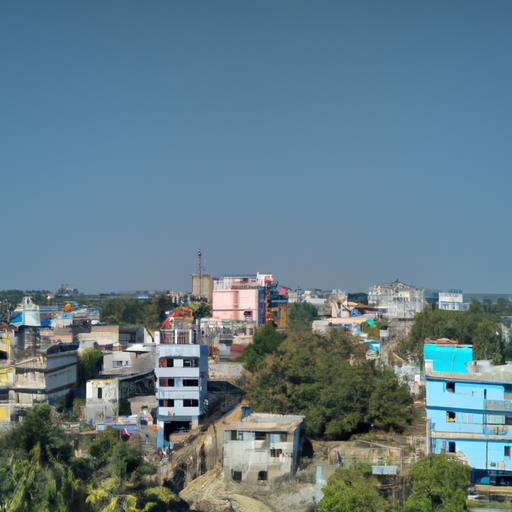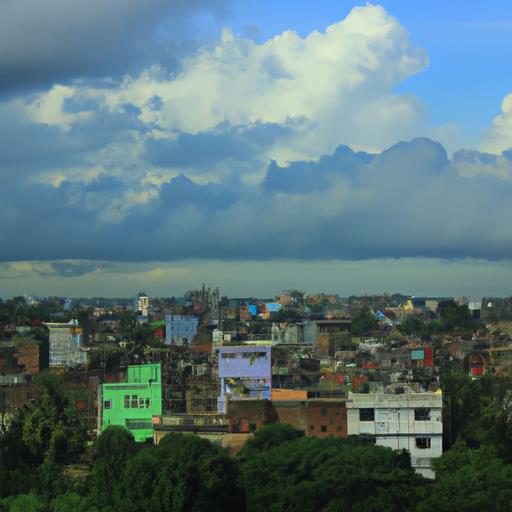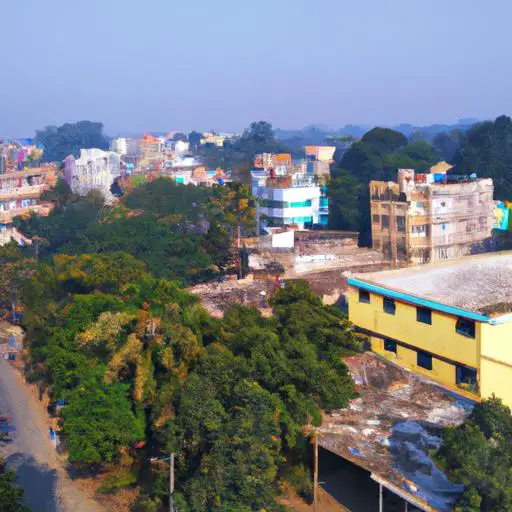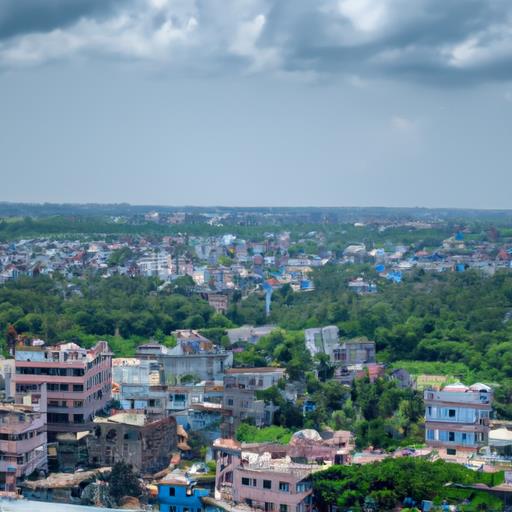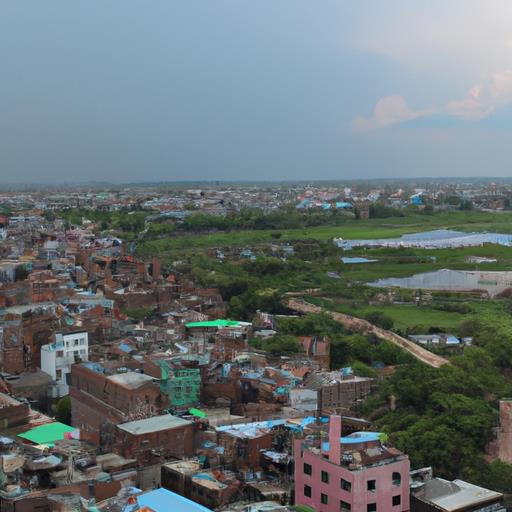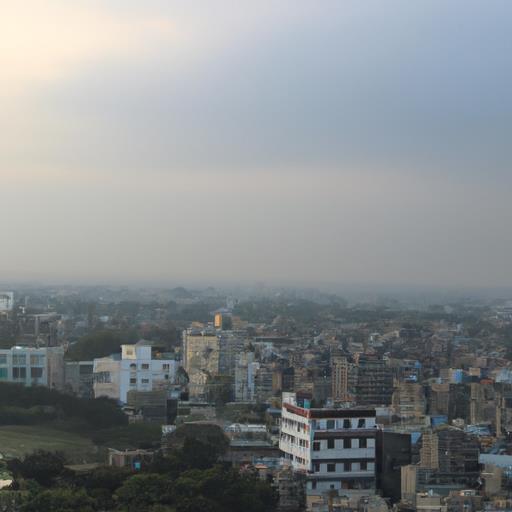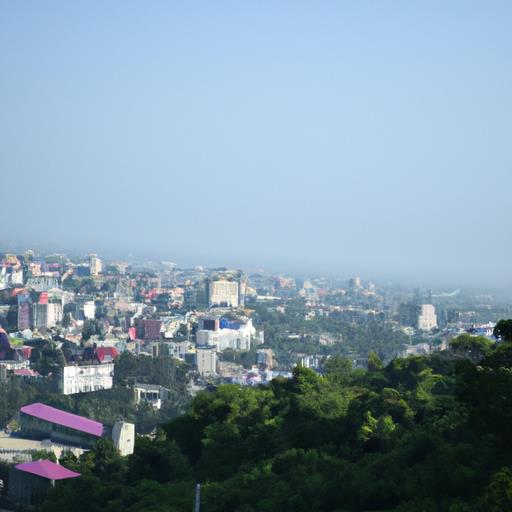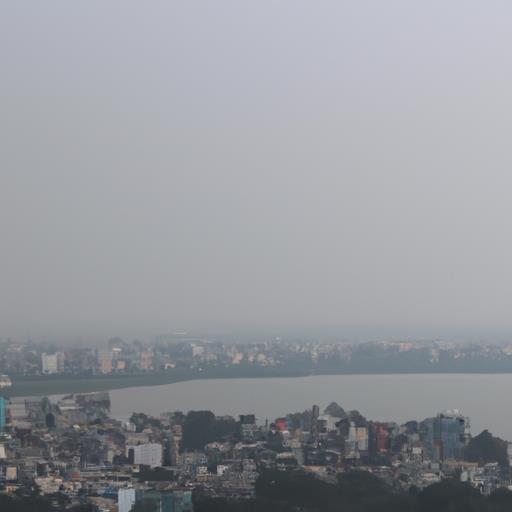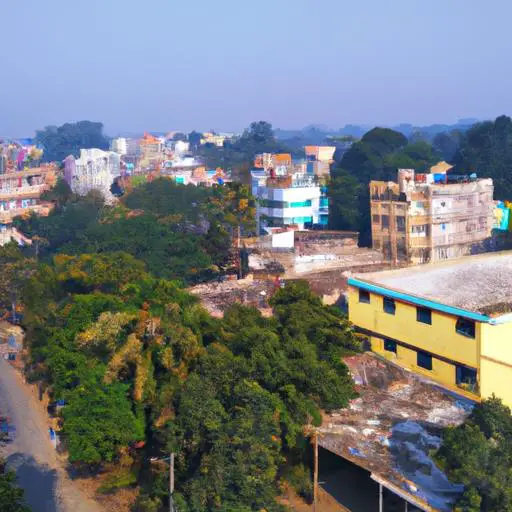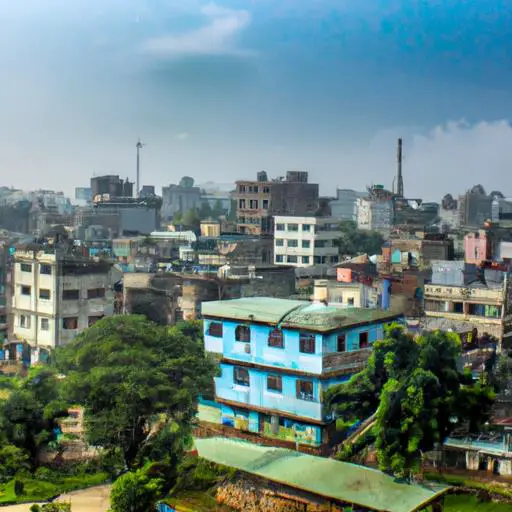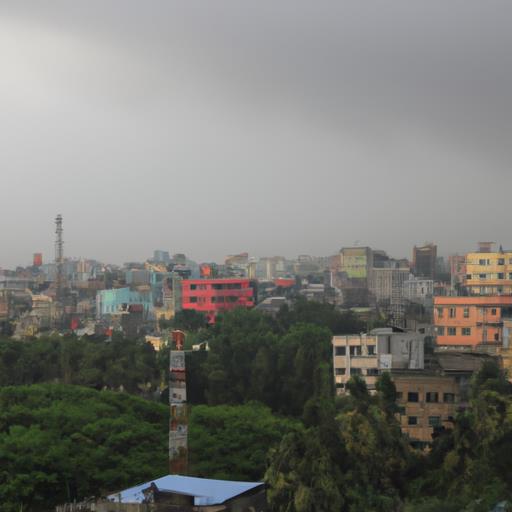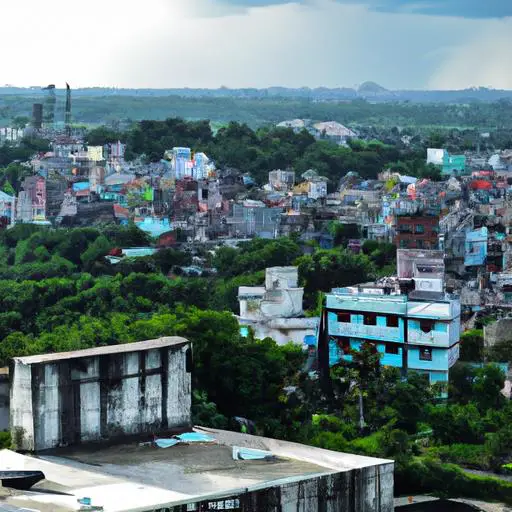History & Information About Jhalokati Rajbari, Bangladesh
Jhalokati Rajbari is a magnificent palace located in Jhalokati, a district in the southern part of Bangladesh. With its rich history and architectural beauty, it stands as a proud symbol of the region's cultural heritage. Let's dive into the fascinating history and gather some intriguing information about this remarkable site.
The Origin and Construction
The Jhalokati Rajbari was built during the reign of the Zamindars, who were influential feudal lords in the Bengal region during the British colonial era. The exact date of its construction remains uncertain, but it is believed to have been built in the late 19th century. The palace was designed by skilled architects and artisans, incorporating a blend of architectural styles from both the British and Mughal periods. The palace's ornate carvings, intricate patterns, and spacious courtyard reflect the grandeur of its time.
Architectural Features
Jhalokati Rajbari showcases architectural elements typical of Zamindari palaces. The palace consists of multiple buildings, including the main palace, administrative offices, servants' quarters, and sprawling gardens. The main palace is an impressive three-storied structure adorned with exquisitely carved wooden doors and windows. The intricate terracotta work on the outer walls is particularly noteworthy, depicting mythological tales, floral motifs, and scenes from everyday life.
The palace also boasts a central courtyard, which served as a gathering place for the Zamindar and his family. The surrounding gardens, known for their beautifully landscaped pathways and vibrant flower beds, further enhance the palace's charm. The architectural finesse and meticulous craftsmanship at Jhalokati Rajbari make it a true masterpiece of its time.
Legacy and Historical Significance
Jhalokati Rajbari holds immense historical significance for the district of Jhalokati. It served as the residence of the Zamindar family, who were not only known for their wealth and power but also for their patronage of art, culture, and literature. The palace became a center for social and cultural activities, hosting various events such as musical performances, poetry recitals, and religious ceremonies.
With the abolition of the Zamindari system in the 1950s, Jhalokati Rajbari underwent a transition. It was converted into a government office for some time before falling into partial neglect. However, in recent years, efforts have been initiated to preserve and restore this architectural gem to its former glory. The government, alongside local communities, is taking steps to protect and revitalize this historical site, recognizing its importance as a cultural heritage.
Visiting Jhalokati Rajbari
Today, Jhalokati Rajbari welcomes visitors with its mesmerizing beauty and captivating history. As you wander through its corridors and rooms, you can soak in the grandeur of a bygone era. Exploring the palace's architecture, the intricate details, and the stories etched on its walls can transport you back in time, allowing you to witness the opulence and lifestyle of the Zamindar dynasty.
Apart from the palace itself, the surrounding town of Jhalokati offers various attractions worth exploring. The town is known for its numerous water bodies, lush green fields, and the warmth and hospitality of its people. Indulge in the local cuisine, experience the vibrant markets, and immerse yourself in the cultural heritage of the region.
Preserving Our Cultural Heritage
Jhalokati Rajbari stands as a reminder of our rich history and cultural legacy. It serves as a testament to the architectural brilliance of the past, and it is our responsibility to protect and uphold this heritage. By promoting tourism, organizing cultural events, and instilling a sense of pride among local communities, we can ensure that future generations can appreciate and learn from the treasures that lie within the walls of Jhalokati Rajbari.

